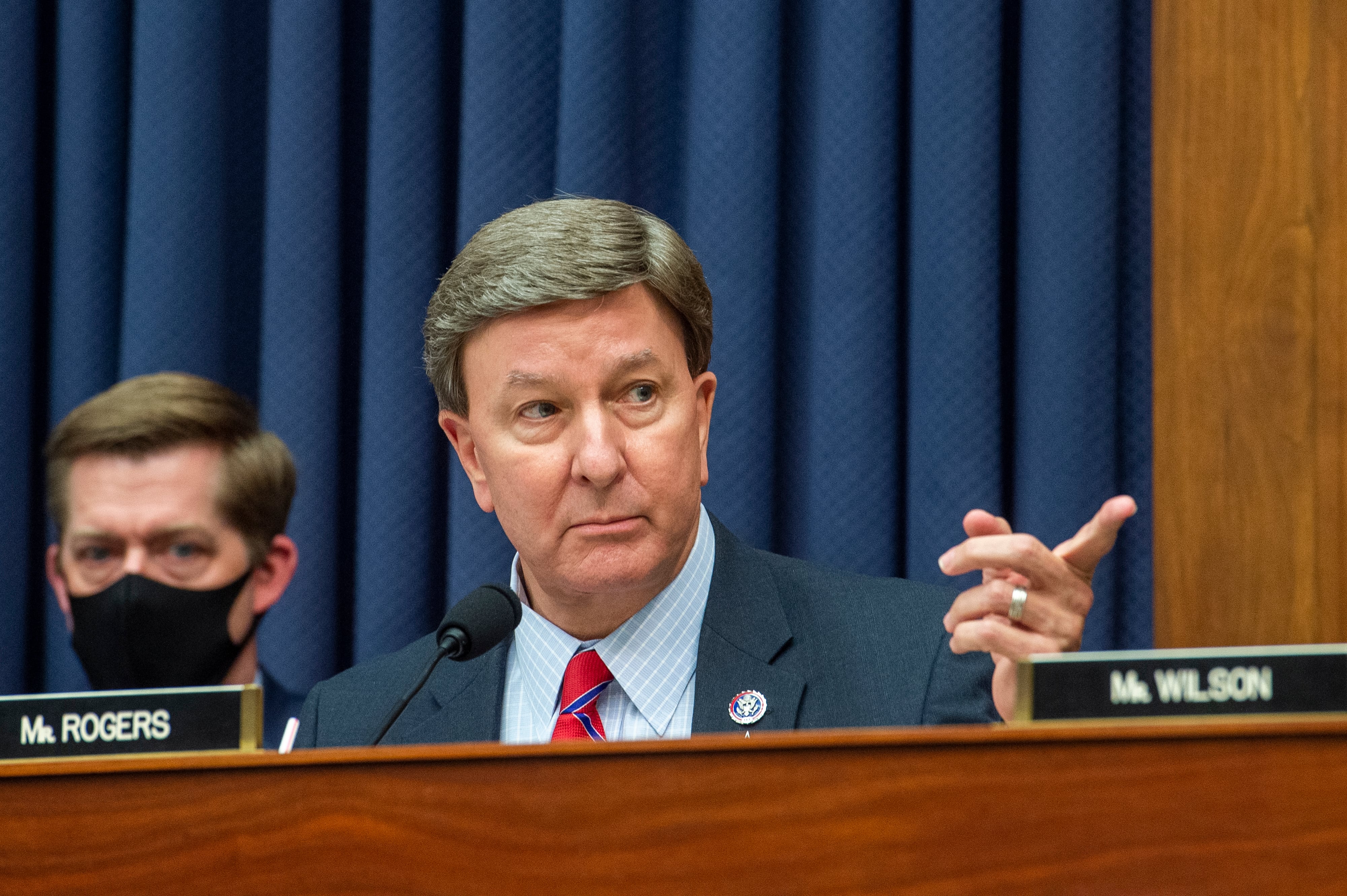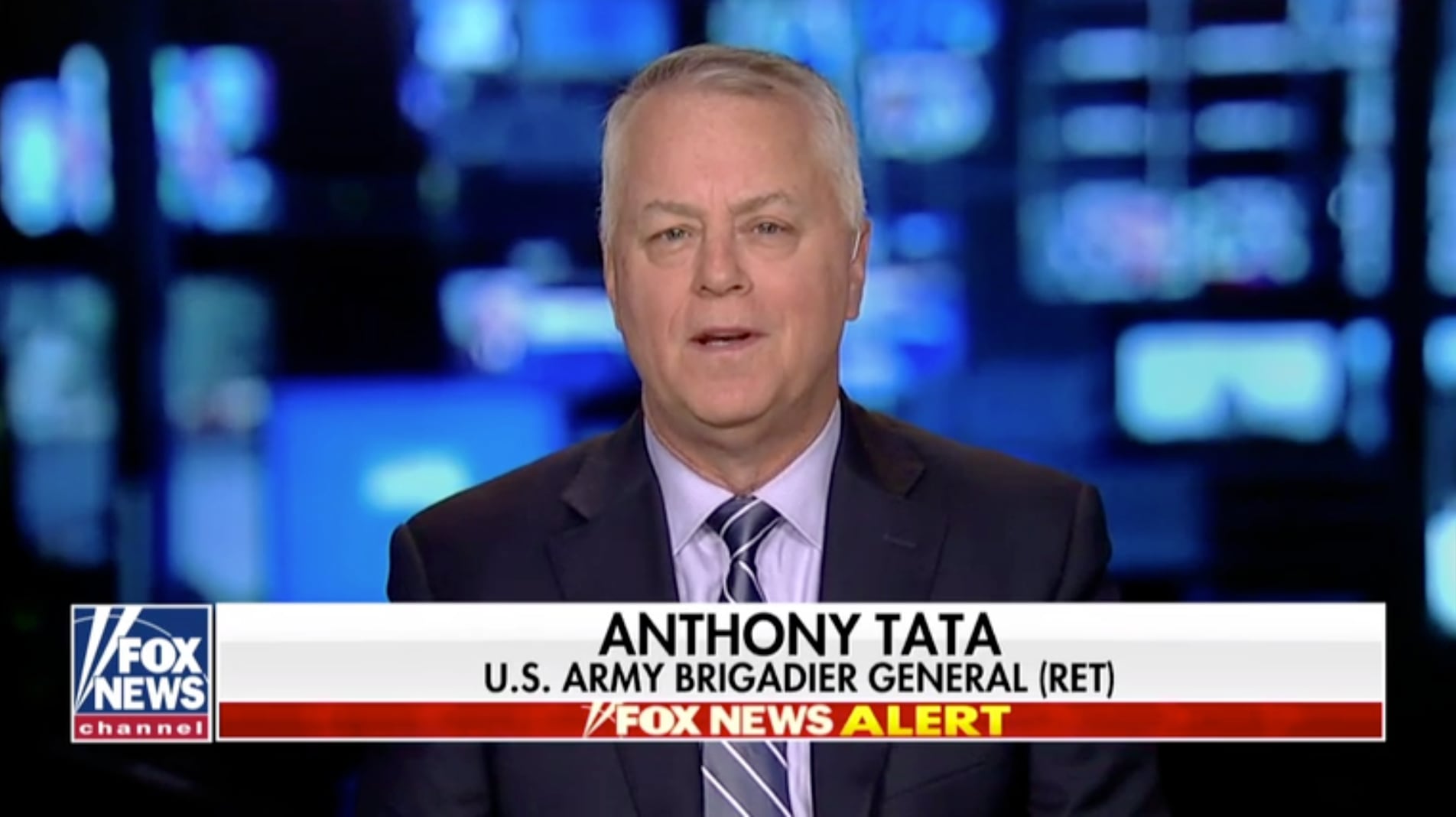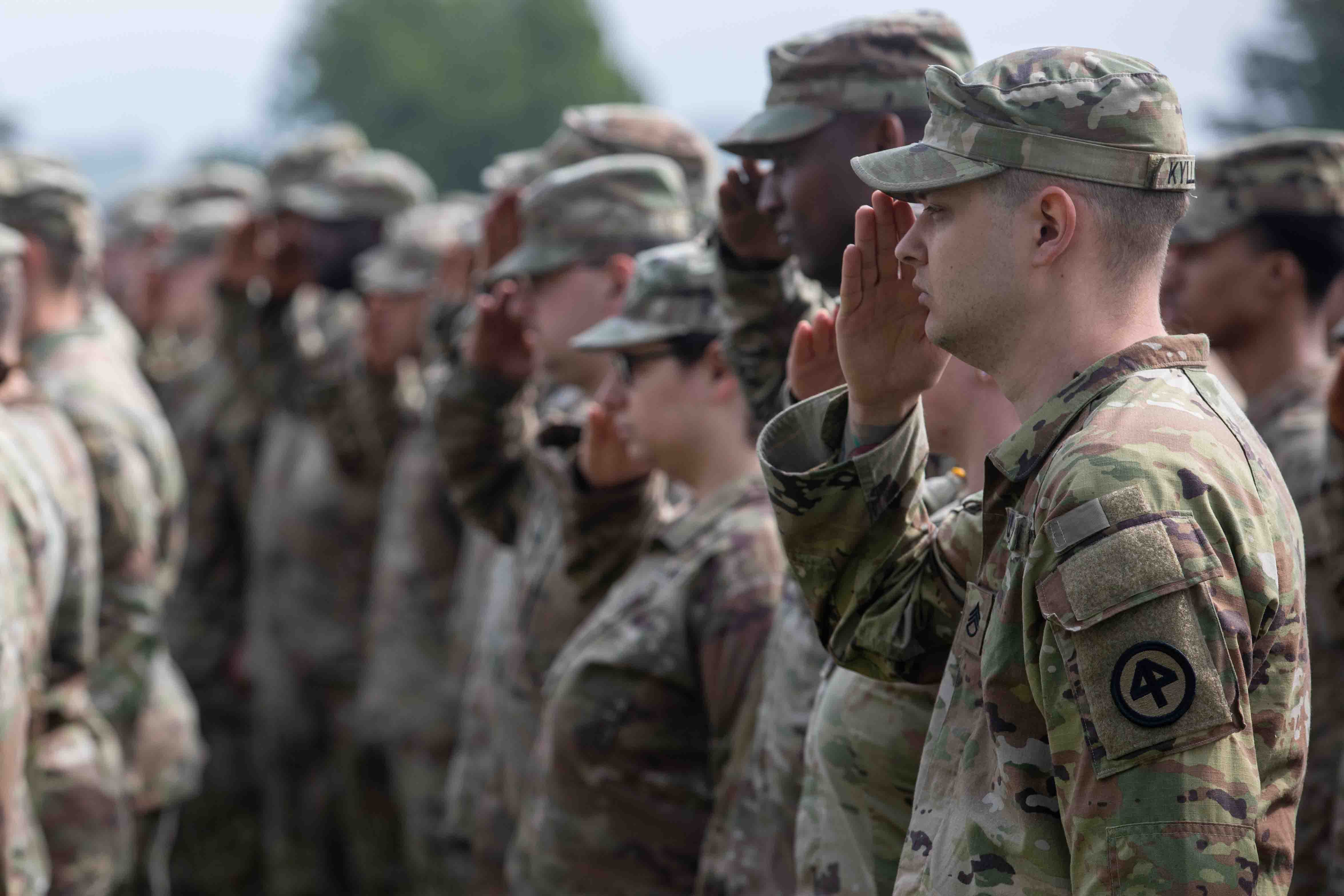source GAIA package: Sx_MilitaryTimes_M6201010009200324_5675.zip Origin key: Sx_MilitaryTimes_M6201010009200324 imported at Fri Jan 8 18:18:03 2016
The Navy's top officer said the service should pay 60,000 junior sailors after they were shorted on their clothing allowances, which forced some to pay out-of-pocket for the new Navy working uniform.
Payment is expected to begin in the fiscal year that starts this October.
In a reversal of the Navy's previously stated stance, Chief of Naval Operations Adm. Gary Roughead told Navy Times on Sept. 8 that the Navy will locate shorted sailors and pay the full cost for all four sets of NWUs as quickly as possible. In addition, he wants to review how the Navy pays its annual clothing replacement allowances in the hope of finding a more efficient system.
"The bottom line, the sailors aren't going to be stuck out in the cold," Roughead said. "We'll figure it out and we'll do it expeditiously so it's not just hanging out there."
At issue are sailors who entered boot camp between Oct. 1, 2007, and April 26, 2009. That group of sailors was supposed to be issued the NWU, but instead received the older utilities due to production delays in the new uniform. Since those recruits weren't yet in the fleet, they did not receive the increased annual clothing replacement allowances that were doled out to all other enlisted members in 2008 and 2009. The higher allowances were meant to cover the cost of four sets of NWUs and the Navy's new black-and-tan service uniform for E-6s and below.
Junior sailors reported the discrepancy to Navy Times in late August. The initial response from the chief of naval personnel's office was to give all affected sailors another two years — until Dec. 31, 2012 — before requiring them to have all of the required uniform items in their seabag. Those not affected by the mistake must purchase all of their uniforms by the end of this year.
One week later, the grace period was lengthened to June 30, 2013. At the time, officials said they would not reimburse sailors for the cost of the uniforms in the belief that their annual clothing replacement allowances — which are well under their 2008 and 2009 levels — would be enough to cover the costs. They also said they could not legally pay sailors retroactively for the uniforms, but did not cite the legal reasons. It wasn't until Roughead weighed in that their tune changed.
"The CNO's response is absolutely correct and sends a strong message to all junior enlisted sailors from the Navy's top leadership," said Joe Barnes, national executive secretary of the Fleet Reserve Association. "It's also very important [for Navy leadership] to effectively communicate the clothing allowance reimbursement plan for affected personnel throughout the fleet when this is finalized — which hopefully is very soon."
Roughead said reimbursing sailors will be a complicated undertaking, and they shouldn't expect payment right away.
"There are multiple dimensions to this and technical aspects of it — getting the money reapportioned," Roughead said. "I'm not going to say everyone will be paid at a certain date, because we're working on that.
"What I need to be able to do is get it disbursed probably using [fiscal] '11 money, so we should be able to get everything that we need lined up and start payment in [fiscal] '11."
The pay option wasn't the only solution the Navy considered — but it was the most practical, Roughead said. Officials considered simply issuing the uniforms, but the idea was dismissed because many sailors have already purchased the uniforms out-of-pocket.
"So now if I'm a sailor and I … have four uniforms in good condition that I paid for out of my pocket and someone comes in and says here are four more, that doesn't really help me out a lot," Roughead said. "So we are looking at payment, the reimbursement of all of that."
That was good news to sailors such as Information Systems Technician 2nd Class Steven Taylor.
"That's great to hear that the CNO wants to make things right," the Norfolk, Va.-based sailor said. "That's the kind of Navy we need, a Navy where people do right by each other, where if mistakes are made, they're corrected and it's a good day for all. But to me, it's amazing it took 18 months to find this out."
How much and exactly when sailors will get the money has yet to be decided, nor do officials know whether the extra payment will be added to the clothing allowance or come as a separate check. "I'm going to leave it to the paymasters to figure that out," Roughead said.
First, he said, the service must identify who didn't get paid and figure out how much, because the amount they were shorted can differ depending on when they entered the Navy. Most in the fleet received nearly $700 in plus-ups over fiscal 2008 and 2009.
But a sailor who went to boot camp in January 2008, before the NWU was issued, would have gotten half of the 2009 basic allowance — $232.20 — in January 2009. He then would have received $316.80 in January this year, which is $147.60 less than last year's allowance.
However, a sailor who entered boot camp in 2009 before the April NWU start date would have received even less — $158.40 — in his 2010 replacement allowance. Even more troublesome — the requirement to own two sets of NWUs, the parka, liner and boots by the end of this year has not been rescinded, and those items cost $301.69 on top of the cost for the blouse and trousers.
While most of the outrage has come over the NWU, a little more than half of the affected sailors — those who started boot camp between Oct. 1, 2007, and Oct. 7, 2008 — also were not issued the Navy service uniform.
Many of these sailors complained that they had to pay for that uniform out-of-pocket, too.
Uniform officials say that's not the case, adding that the larger replacement allowances in 2008 and 2009 were enough to cover the cost of the uniform ahead of the July 31 mandatory wear date.
What many sailors don't know, the officials said, is for men, the pants from the old winter blue uniform can be worn with the new khaki shirt — requiring them to purchase only two shirts and the garrison cap — if they hadn't already bought one when it was an optional component.
Women, however, needed to purchase all the components. Two sets of the service uniform, including one garrison cap, run $125.65 for men and $111.75 for women.
Changing the process
Roughead said the service also needs to look at how it's giving sailors their clothing allowances.
Rather than plussing-up sailors' paychecks on the anniversary of their enlistment dates, Roughead would like to see whether the whole thing can be done more efficiently, and in a way that ensures the allowance actually goes toward uniforms.
"The money is provided as an allowance and then it really is up to the sailors to go out and buy the uniforms," he said.
Roughead said he's looking into issuing cash cards to sailors rather than adding money to their paychecks.
"Quite frankly that's attractive," Roughead said. "So I'm open to taking another look at that to see if it's easier. But there are issues associated with that, as well."
For example, he said, if someone is stationed in Djibouti, how will he buy uniform items with the card away from any Navy uniform shop?
"Does the card work or do I just buy it online?" he said. "We've got to take a look at that — I'll look at anything that will make the issuance of uniforms easier."





